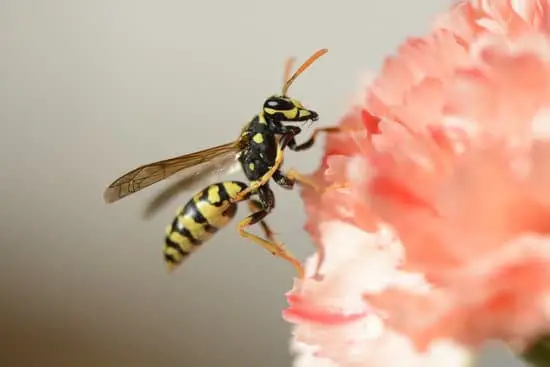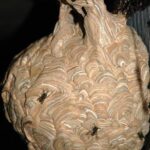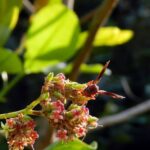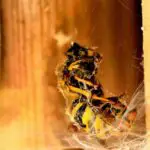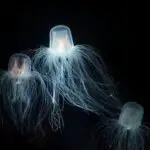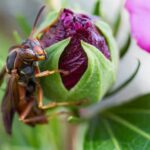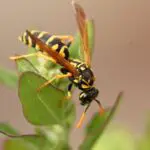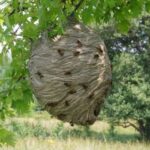How Big Are Killer Wasps?
Known as a “cicada killer” wasp, this solitary insect lives in sandy soil, such as around golf courses and sandboxes. They are mostly seen digging burrows. They also forage for flower nectar. They are considered to be a beneficial insect, because they reduce cicada populations.
There are four species of cicada killer wasps in the United States. The Eastern cicada killer wasp is found in Northern Virginia, and is the most common species. It is also the largest wasp in the region.
The Cicada Killer Wasp has a black and yellow body with irregular stripes on the abdomen and thorax. Its legs are orange. It is about 11/8 to 2 inches long, and is solitary. Its stinger is nontoxic. However, if a wasp stings you, you may feel a sting several times. If you are allergic to stings, you may need to take antihistamine and ice the area.
The cicada killer wasp is not a threat to humans, honey bees, or bumble bees. However, if you live in an area that has a large population of these wasps, you may want to consider a pesticide treatment. If you are unsure of which pesticide you should use, contact your local pest control company or local government.
These insects are known to sting, but they are generally not very aggressive. They will sting only if you approach them. They will also sting if they feel threatened. If you are allergic to stings, contact your doctor.
